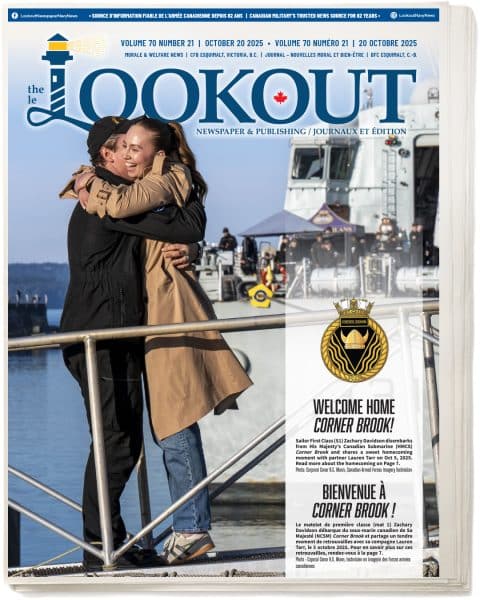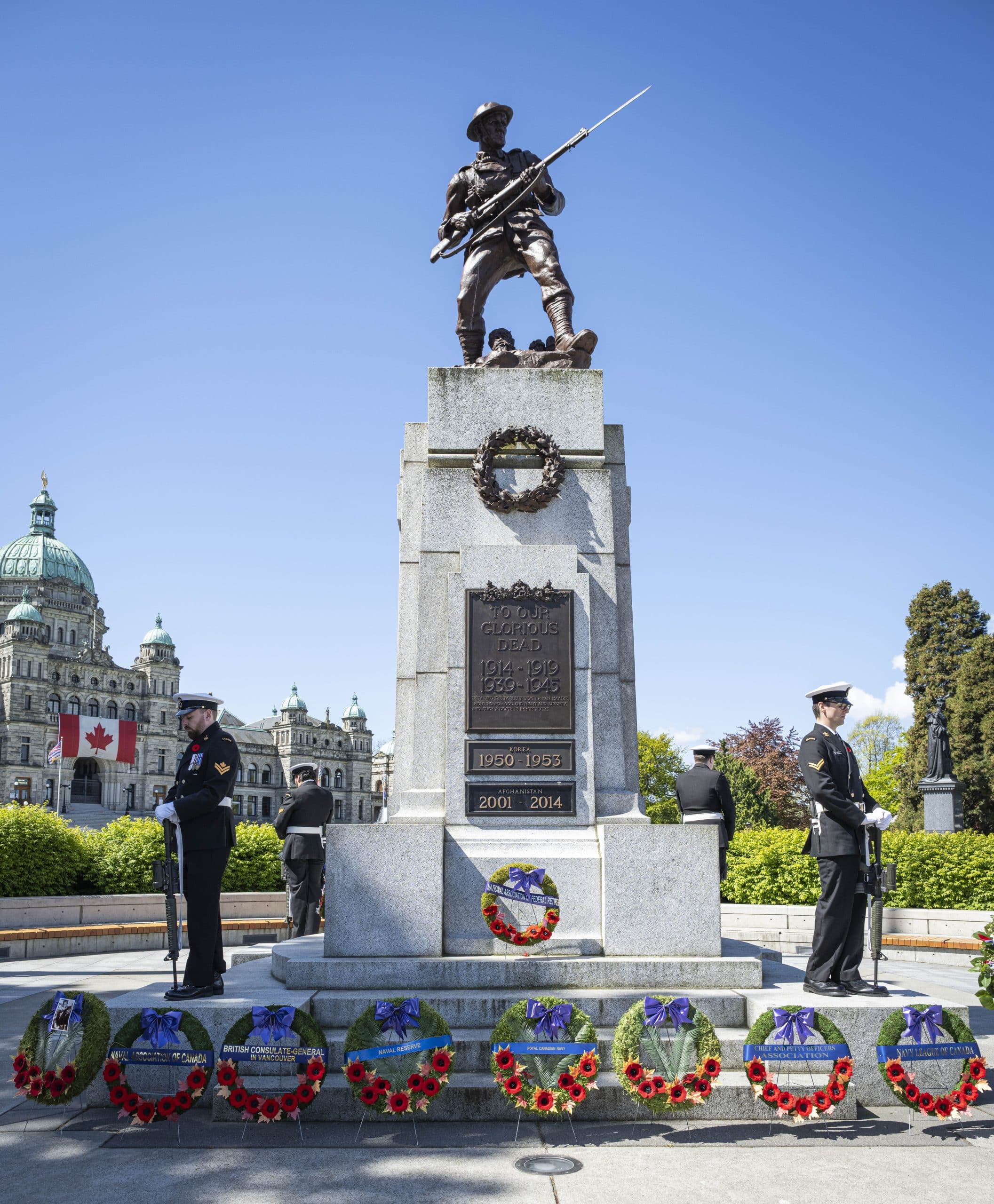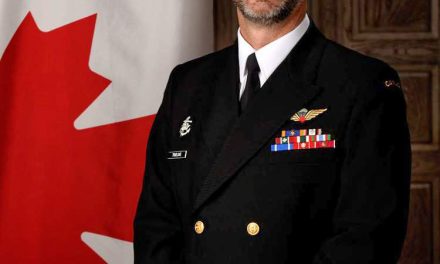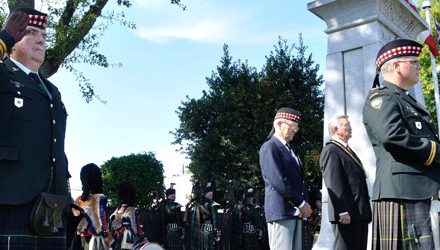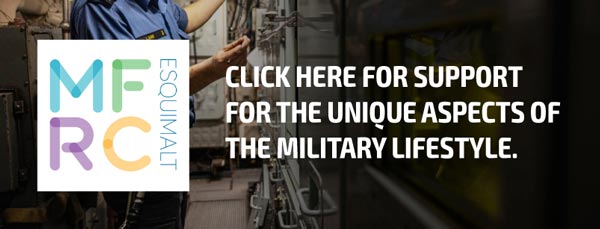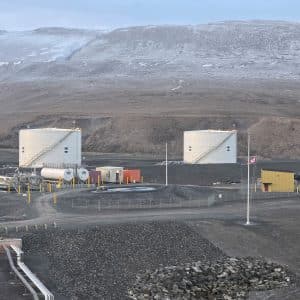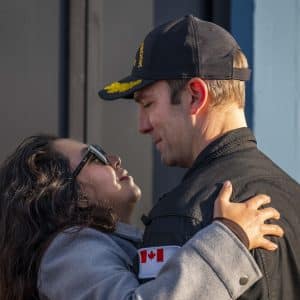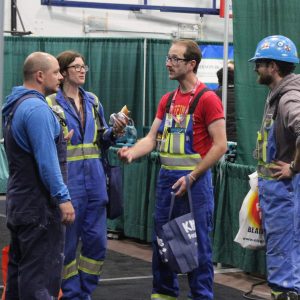Archana Cini
Lookout Newspaper
The sea remembers, and so do we.
On May 4, Victorians gathered at the lawns of the Legislative Assembly of British Columbia for Battle of the Atlantic Sunday, an annual day of remembrance of the Second World War’s longest campaign. The 1100hrs service drew representatives of the Naval Association of Canada, members and veterans of the Royal Canadian Navy (RCN) and Canadian Armed Forces (CAF), the media, and local community members in observance of those who served in the battle. Of the nearly 100,000 Canadians who served, over 4,600 hundred lost their lives.
The 2025 event marked eight decades since the tide turned in the Atlantic and coincided with the RCN’s 115th anniversary, weaving remembrance, historical pride, and present-day service into a commemoration of unity. The sacrifices of Canada’s Navy, Air Force, and Merchant Mariners were formally honoured at the cenotaph, where silence was observed, wreaths laid, and moving
tributes shared.
The Battle of the Atlantic began for Canada even before war was officially declared, when HMCS Fraser and St. Laurent departed the Pacific Coast in August 1939 to escort the first Allied convoys across the Atlantic. By the war’s end in 1945, the RCN had escorted nearly half of all Allied convoys across the Atlantic, destroyed 33 German U-boats, and scuttled 42 enemy surface ships. The RCN also suffered heavy losses with over 2,000 naval fatalities and 30 vessels lost.
To Captain(N) Kevin Whiteside, Commander of CFB Esquimalt, the event was equally an occasion to commemorate the past as an opportunity to reflect on the challenges ahead.
“The accomplishments of those who served before inform and inspire those of us in uniform today. It is right that we remember their service, but equally important that the lessons of the past are
never forgotten. As we mark the 115th year of the RCN we must continue to honour those historic sacrifices through our current and future commitment to defend Canada.”
Captain (N) Whiteside also acknowledged the City of Victoria, local municipalities, Indigenous communities, and other organizations that allowed the Defence community and public to conduct the moving event at the Legislative Assembly of British Columbia.
